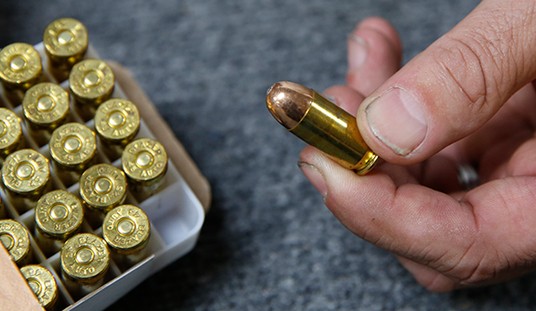When I use the term “gun fatalities,” I want everyone to understand that I’m merely referring to fatalities that result from injuries sustained by being shot. It’s not a value judgment or any such thing.
I’m putting my definitions front and center so we all know what I’m talking about.
And it matters, because a recent study looked at gun fatalities over the years, and they didn’t like what they found.
Firearm-related violence and suicides have increased notably since the COVID-19 pandemic, but new research by a team at Emory University documents just how bad gun violence has become in America. This latest work is the first to display both the overwhelming scale of firearm fatalities in the United States over the past three decades, as well as the growing disparities according to race and ethnicity, age, and location.
Using multiple datasets provided by the Centers for Disease Control and Prevention, study authors calculated the national number of firearm deaths and firearm fatality rates per 100,000 people per year from 1990 all the way to 2021. A total of 1,110,421 firearm fatalities occurred in the United States during that time period. Notably, gun fatalities began a steady annual increase starting in 2005, but that upward trajectory accelerated mightily in recent years, including a 20-percent jump between 2019 and 2021.
Now, this isn’t particularly new. We all saw this jump happen and we know it took place. We’ve also seen the numbers in numerous reports.
What’s a bit more interesting, at least until the researchers tried to screw it up, is the demographic breakdown:
Maximum fatality rates by homicide among Black non-Hispanic men (141.8 fatalities/100,000 persons) significantly surpassed fatality rates among White non-Hispanic men (6.3 fatalities/100,000) and Hispanic men of the same age (22.8 fatalities/100,000 persons). The data also suggests differences in fatalities by intent. Suicides were most common among White non-Hispanic men between ages 80 and 84 (45.2 fatalities/100,000 persons).
“Firearm fatalities accelerated dramatically during the COVID pandemic. Multiple potential factors have likely contributed to this including severe economic distress, an erupting mental health crisis, and a significant uptick in the sale of firearms,” explains Eric Fleegler, MD, MPH, associate professor of pediatrics and emergency medicine at Harvard Medical School and emergency medicine physician at Boston Children’s Hospital.
No, the uptick in gun sales had nothing to do with the uptick in gun fatalities.
We know this because for years prior to the COVID-19 outbreak, we also saw annual increases in gun sales corresponding with a decrease in gun fatalities.
If gun sales were the issue, why do none of these researchers bother to explain that little tidbit?
Yet because of that, one can’t help but wonder what other nonsense went into compiling the data. Granted, this should be straightforward. It should be nothing but a number crunch. I’m just not that trusting.
That said, the demographics are interesting, but again reveal little that’s new. We already knew white men were the main drivers of suicides by firearm and we already knew that most people killed with a gun were black men.
What this study doesn’t do, however, is tell us why that is.
That’s because studies of this kind exist not to illuminate us as humans, but to be used to justify gun control somewhere down the line. It doesn’t care to actually look at the causes. Not when you’ve got researchers who will just offer up opinions without any facts backing them up.
Yet some will take this as gospel. They’ll regurgitate this fact until the cows come home.
And it will do nothing to reduce gun fatalities.








Join the conversation as a VIP Member